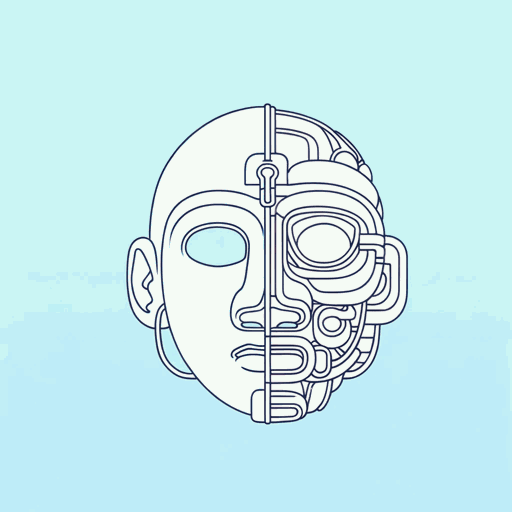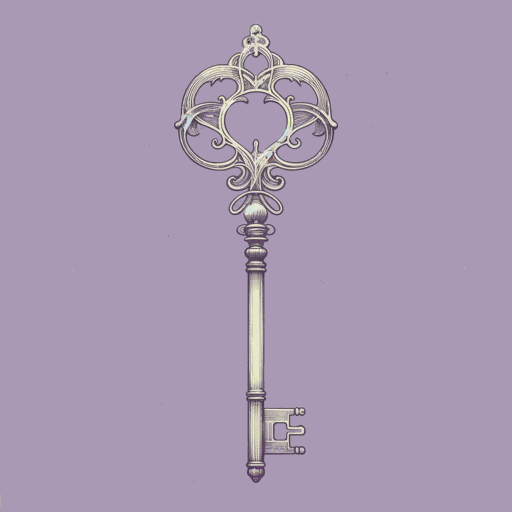110 pages • 3 hours read
Silvia Moreno-GarciaGods of Jade and Shadow
Fiction | Novel | Adult | Published in 2019A modern alternative to SparkNotes and CliffsNotes, SuperSummary offers high-quality Study Guides with detailed chapter summaries and analysis of major themes, characters, and more. For select classroom titles, we also provide Teaching Guides with discussion and quiz questions to prompt student engagement.
Summary and Study Guide
Overview
Gods of Jade and Shadow by Silvia Moreno-Garcia (Del Rey Books, 2019) is a fantasy novel based on a Mayan myth. Set in 1920s Mexico, it follows a girl and a god as they navigate their existences and what it means to be human. The book was nominated for the 2019 Nebula Award for Best Novel and the Locus Award for Best Fantasy Novel. Born in Mexico and residing in Canada, Silvia Moreno-Garcia is the New York Times bestselling author of numerous novels and anthologies in the genres of horror, fantasy, and science fiction. Her 2020 novel Mexican Gothic won the August Derleth Award for Best Horror Novel, and her 2015 anthology She Walks in Shadows won the World Fantasy Award for Best Anthology. Moreno-Garcia holds a master's degree in science and technology studies from the University of British Columbia. She is the publisher of Innsmouth Free Press and a book columnist for the Washington Post. Moreno-Garcia resides with her family in Vancouver, British Columbia. This guide uses the 2019 Del Rey edition of Gods of Jade and Shadow for its quotations and page references.
Plot Summary
Set against the backdrop of the shifting culture in 1920s Mexico, Gods of Jade and Shadow borrows from the various branches of Mayan mythology and from fairy-tale narrative structure to tell the story of a young woman’s quest to find herself and save a god. At the beginning of the novel, 18-year-old Casiopea Tun lives in her grandfather’s house, where she is shunned because mother had a child out of wedlock. Casiopea spends her days cleaning and trying to avoid her overbearing cousin, Martín. When she displeases Martín, her grandfather, Cirilo Leyva, orders her to stay home while the rest of the family journeys to a healing cenote. While she cleans her grandfather’s room, she finds the key to the mysterious chest at the end of his bed. Angry at the injustice of her life, she opens the chest and finds mysterious bones. When she pricks her finger on a bone shard, the bones come alive and transform into a handsome man.
The man is Hun-Kamé, the Mayan God of the Death and the ruler of Xibalba, the Mayan Underworld. Fifty years ago, Casiopea’s grandfather helped Hun-Kamé’s brother, the nefarious Vucub-Kamé, trap Hun-Kamé in the chest, and Vucub-Kamé took over Xibalba. Vucub-Kamé wishes to return to the time long ago when his followers worshipped him through human sacrifice. In order to stop his brother and regain his throne, Hun-Kamé must recover the missing pieces of his body and reclaim his godhood. Since a piece of his essence is embedded in Casiopea via the bone shard, she must accompany him on his journey or perish. Not wishing to die and wanting more than anything to leave her grandfather’s house, Casiopea leaves with Hun-Kamé.
Hun-Kamé and Casiopea’s journey takes them to Mérida, Mexico City, and Baja California, where they encounter demons and other characters from Mayan mythology. As Hun-Kamé recovers his missing parts, he feels his strength return, but his strength is different from what it once was. His connection to Casiopea is slowly turning him human, causing him to laugh and smile like he never did as a god. The two find themselves growing closer and developing romantic feelings for one another even though they come from different worlds.
Meanwhile, Vucub-Kamé learns of his brother’s escape through his gift for prophesy and enlists Martín to go after Casiopea and Hun-Kamé. Vucub-Kamé carefully hid Hun-Kamé’s missing pieces along a path that would lead him to Baja California and the tomb Vucub-Kamé built there. Vucub-Kamé’s plan is to murder his brother when he is more human than god and use the sacrifice to bring additional power to Xibalba, thus strengthening human belief in the Underworld kingdom. To Vucub-Kamé’s annoyance, Casiopea’s presence makes Hun-Kamé more, rather than less, powerful, and Vucub-Kamé realizes he must use Casiopea and Hun-Kamé’s love for one another to his advantage.
In Baja California, Vucub-Kamé offers Hun-Kamé and Casiopea an alternative to battle. If they both sacrifice themselves to him, he can restore them as mortals, and they can be together on Earth. Hun-Kamé is willing to take the offer, but Casiopea cannot let Vucub-Kamé destroy the earth with his cult followers and refuses. Under the stars, Hun-Kamé and Casiopea share a goodbye kiss as she embarks on her final trial.
The battle takes the form of a race between Casiopea and Martín down the Black Road of Xibalba, and the first to reach the World Tree at the kingdom’s center will have their god restored as ruler of Xibalba. Casiopea faces many physical and mental struggles along the road, but her faith and allegiance to Hun-Kamé allow her to overcome each challenge. When it becomes clear that she will win, Vucub-Kamé orders Martín to kill her. Unable to bring himself to do so, Martín pushes Casiopea off the road, and she finds herself lost in the Underworld. Her faith in Hun-Kamé leads her to the lake at the base of the World Tree, where she sacrifices herself in Hun-Kamé’s name.
Casiopea’s sacrifice wins the race and restores Hun-Kamé to godhood. He resurrects her and returns her to the mortal world, but his love for her remains, causing flowers to bloom in the land of the dead. Hun-Kamé’s lingering humanity softens him to his brother, and rather than take revenge, Hun-Kamé brings Vucub-Kamé back to the Jade Palace in Xibalba where they will rule together. Back in Baja California, Casiopea and Martín go their separate ways, and Casiopea sets out to live a free life on her own terms.
Related Titles
By Silvia Moreno-Garcia



